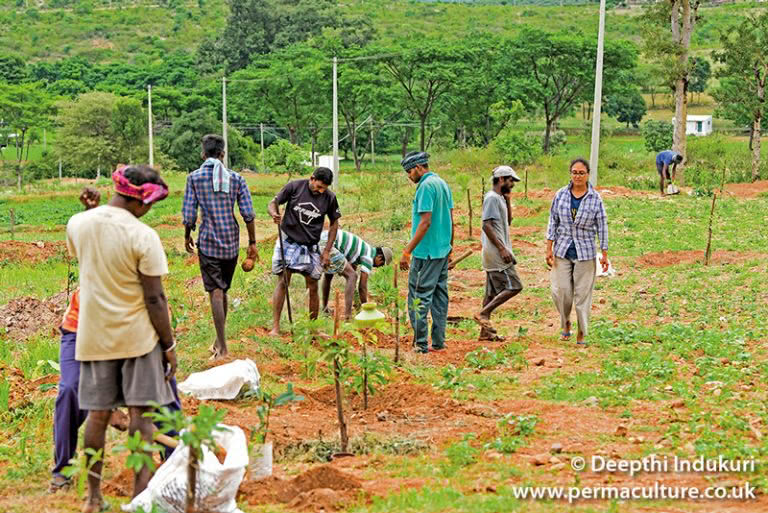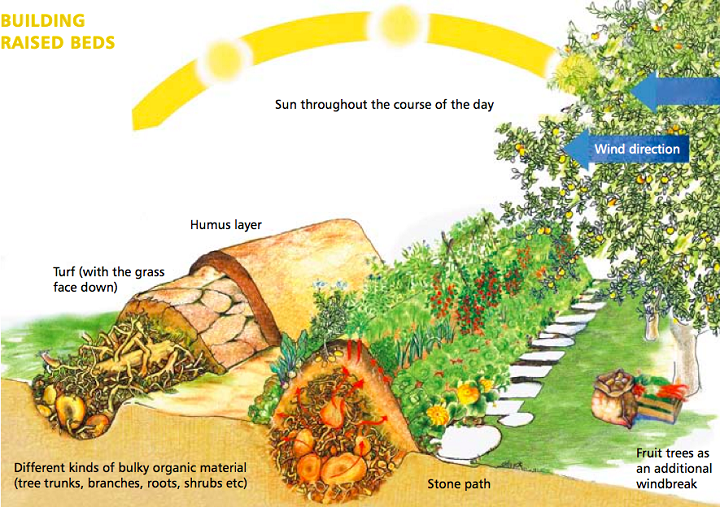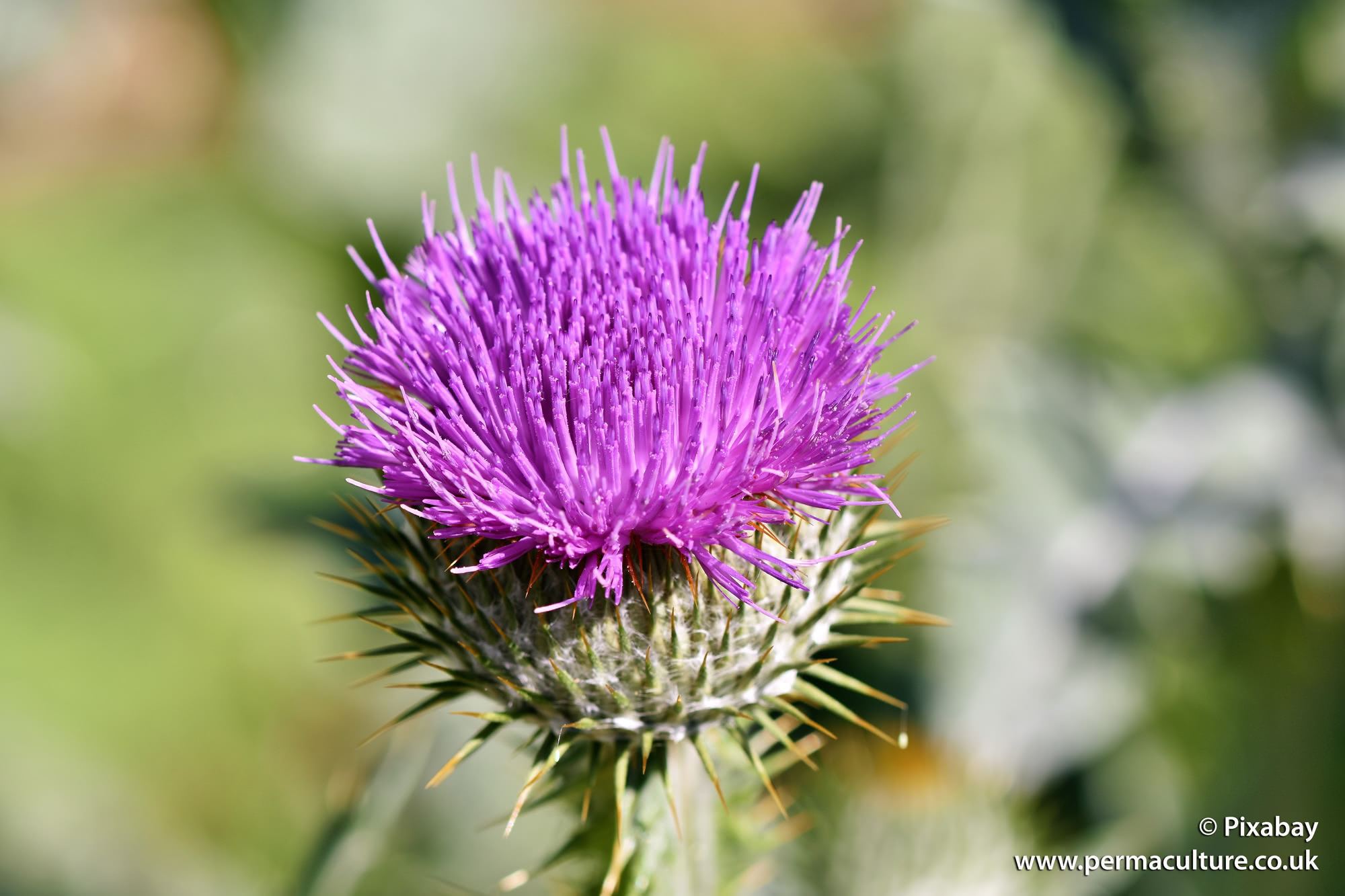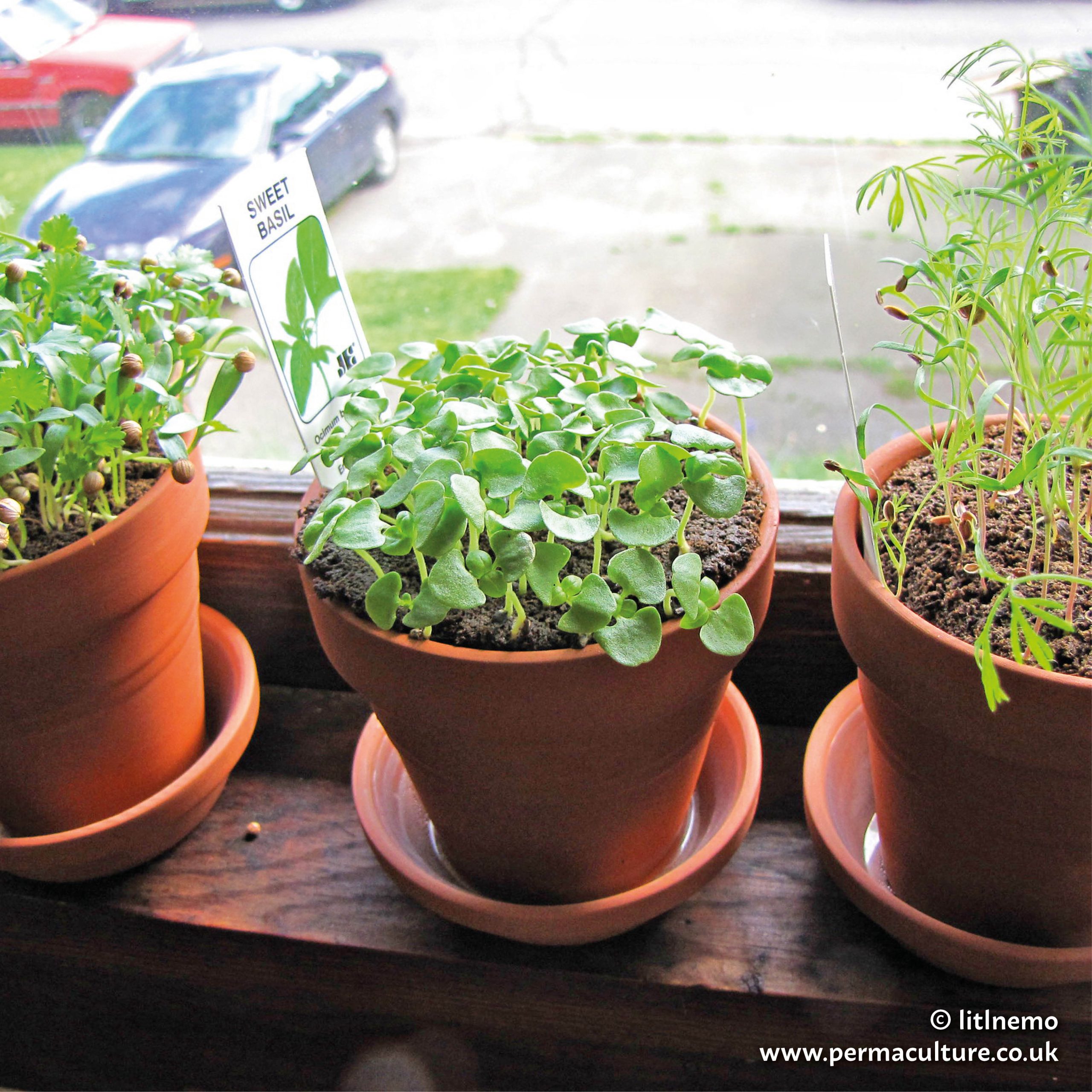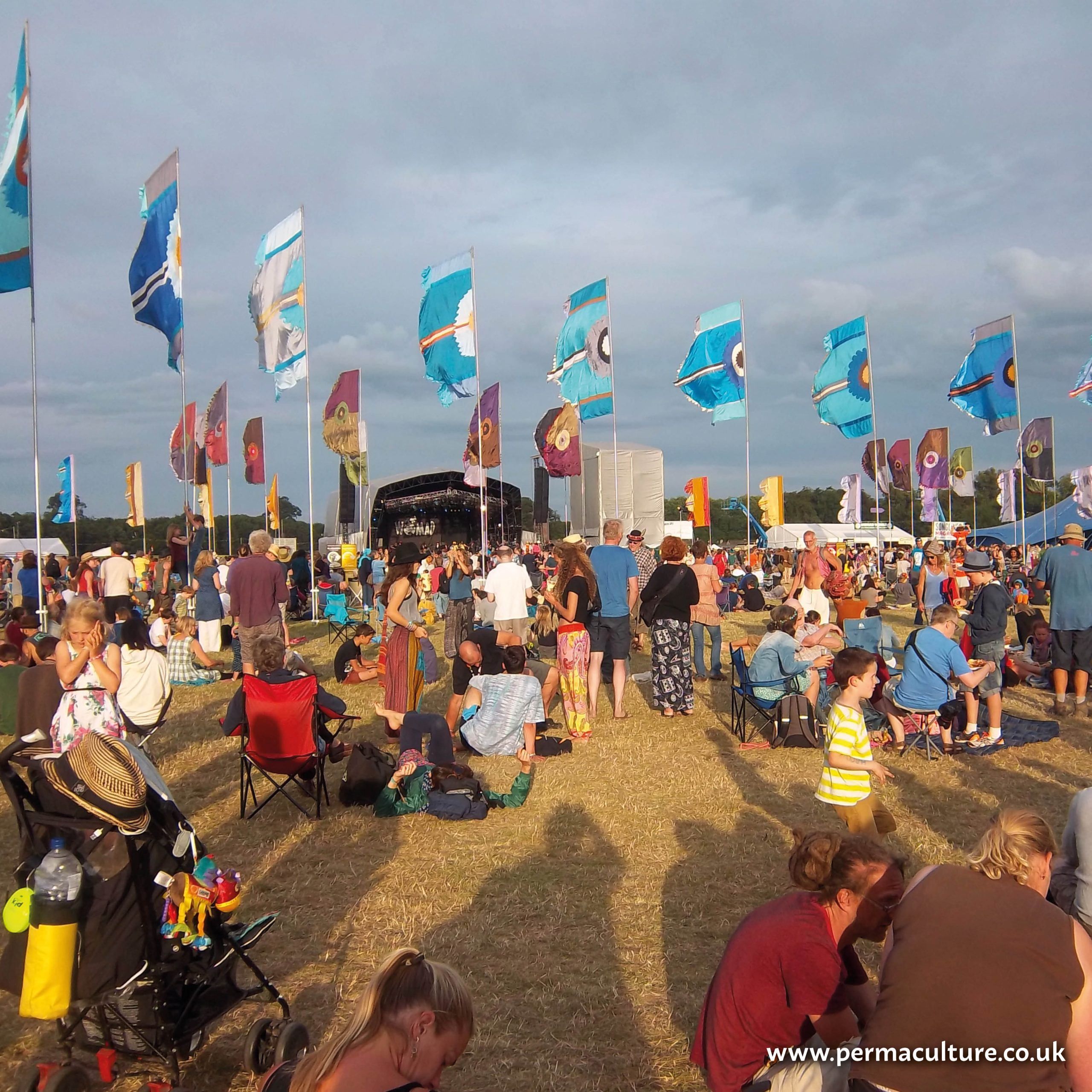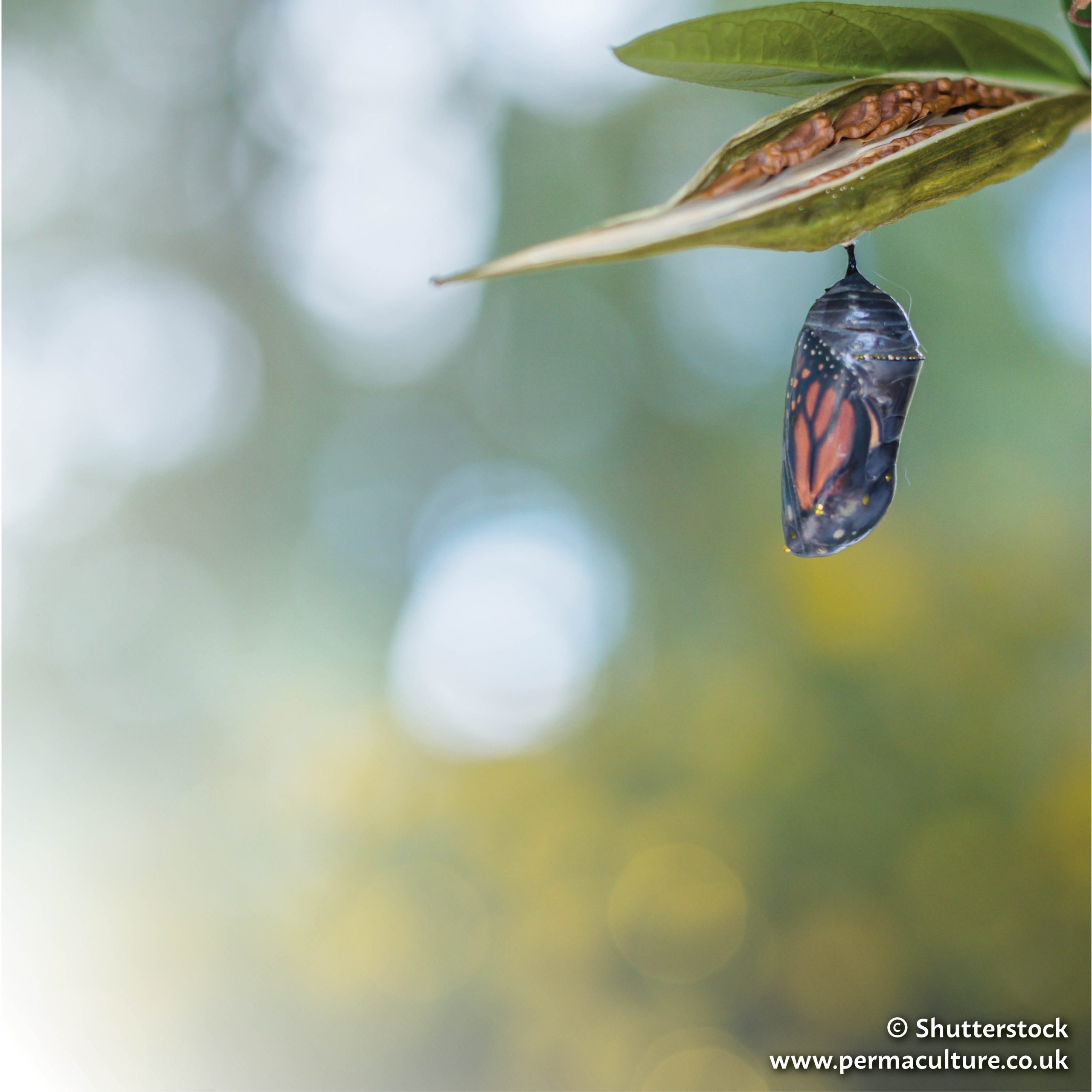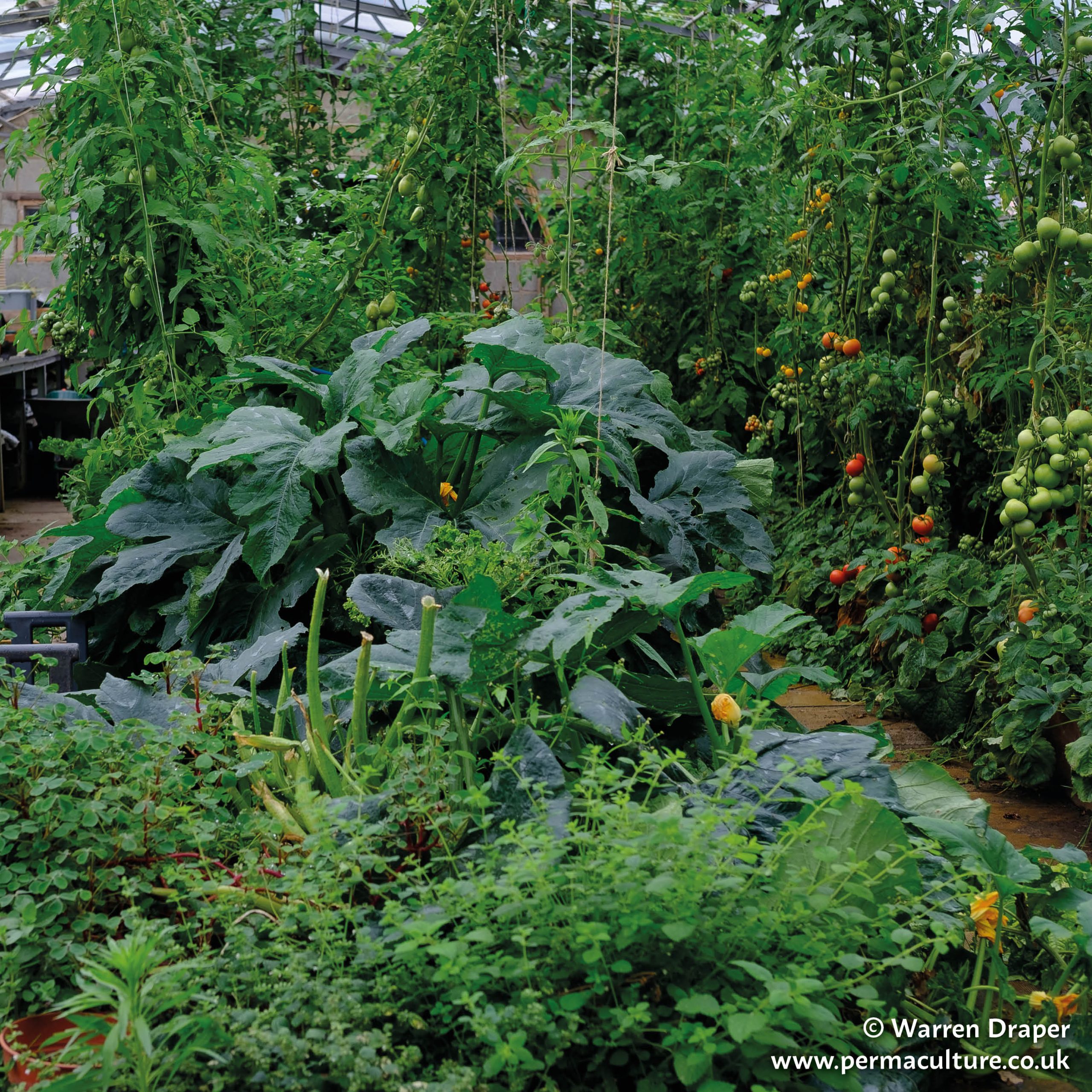January is often a time for resolutions, change, or as permies like to call it ‘redesign’. Using the end of the calendar year as a chance to push the reset button. A time to start again and implement the changes we wish to see in our lives. Often these well meaning plans and ideas show initial promise but are eventually overgrown, and overshadowed by our hectic lives. Permaculture has taught us so much about implementing efficient and sustainable changes to our landscape so what can it teach us about implementing efficient and sustainable changes to our lifestyle?
Rather than attempting to create a lifestyle we think we want, the permaculture approach is to observe the natural way we should be living and create that instead. Designing like this takes the least path of resistance, reduces the amount of energy needed, increases efficiency, and ultimately creates a healthier and happier ecosystem for us all.
This guide uses the 12 permaculture principles as a framework to help us design natural lifestyle changes. These can be implemented at the start of the year or for a slower approach broken down into one principle per month over the full year. Find out what works best for you and take action.
1. Observe and Interact
Everything in the natural world has evolved to be the version that best suits its surroundings. It is a subconscious ability to adapt to what is going on around us that has been the key decision maker in which species are extinct and which are not.
In permaculture we have been taught to observe the land thoroughly before taking action. This allows us to gain a full understanding in order to make informed decisions. We can use this approach for our own lives too. The natural way is not to fit a round peg into a square hole. Everyone’s circumstances are unique, so there is no right or wrong answer of how to live our lives. A single mother of 3 living in a large city has very different circumstances to a male teenager living in a rural community. We must first observe what our one of a kind situation is before we can start to redesign it.
Here are number of areas we can observe our current lifestyles to understand what works effectively and what can be redesigned or changed. It can help to record some of these in a notebook/journal to look back and identify patterns in which to focus our redesign:
There are no right or wrong ways to observe our behaviours. The important thing is to consciously switch your mind over to an observational point of view and to look for patterns. Every permaculturist knows that nature is made up of patterns and your ability to identify your own is key to helping you redesign a more natural lifestyle.
Photo caption: Taking time to observe and interact by keeping a journal.
Josh Davis is an outdoor educator and facilitator exploring ways we can learn from the natural world. He offers one on one coaching and consulting to help design your life from permaculture.
You can find out more at www.thechangeiwanttosee.com
Josh Davis is an outdoor educator and facilitator exploring ways we can learn from the natural world. He offers one on one coaching and consulting to help design your life from permaculture.
